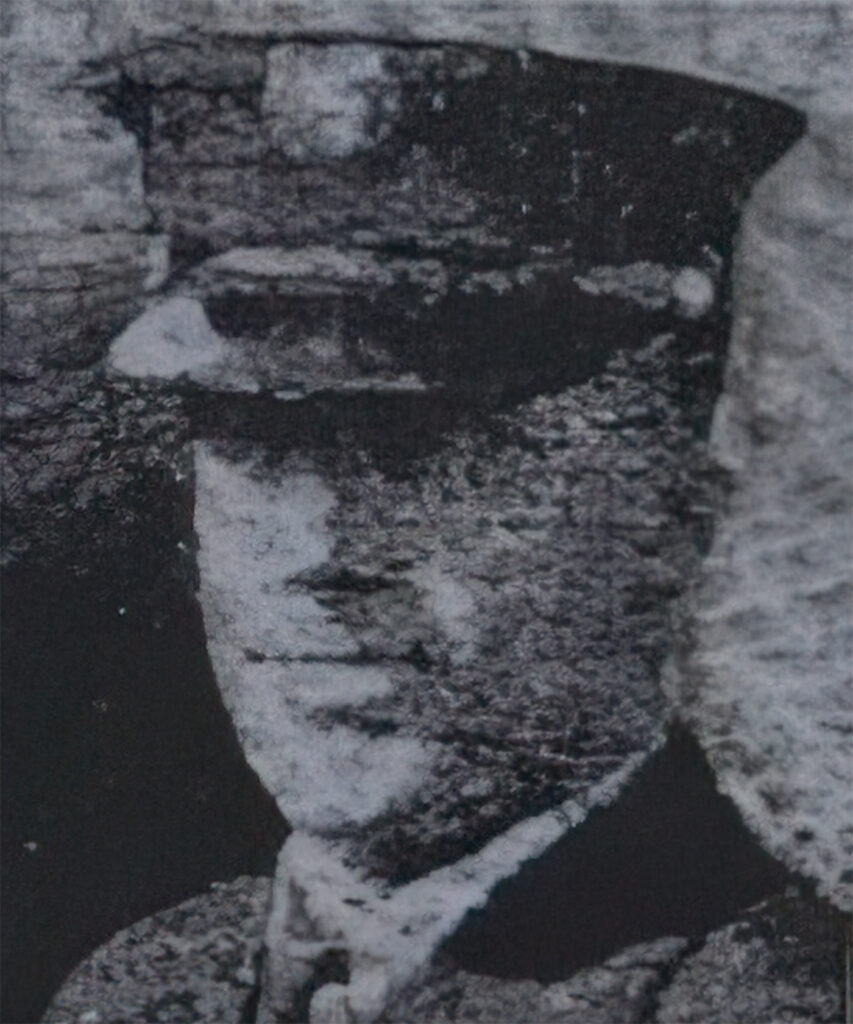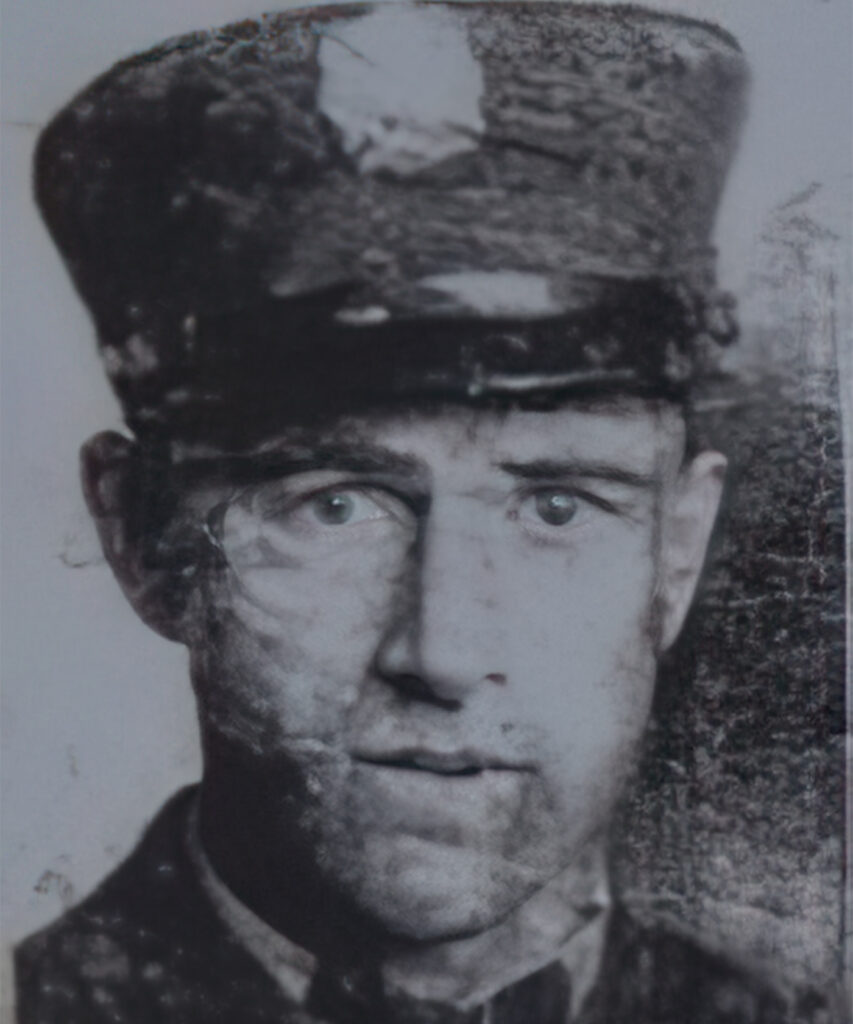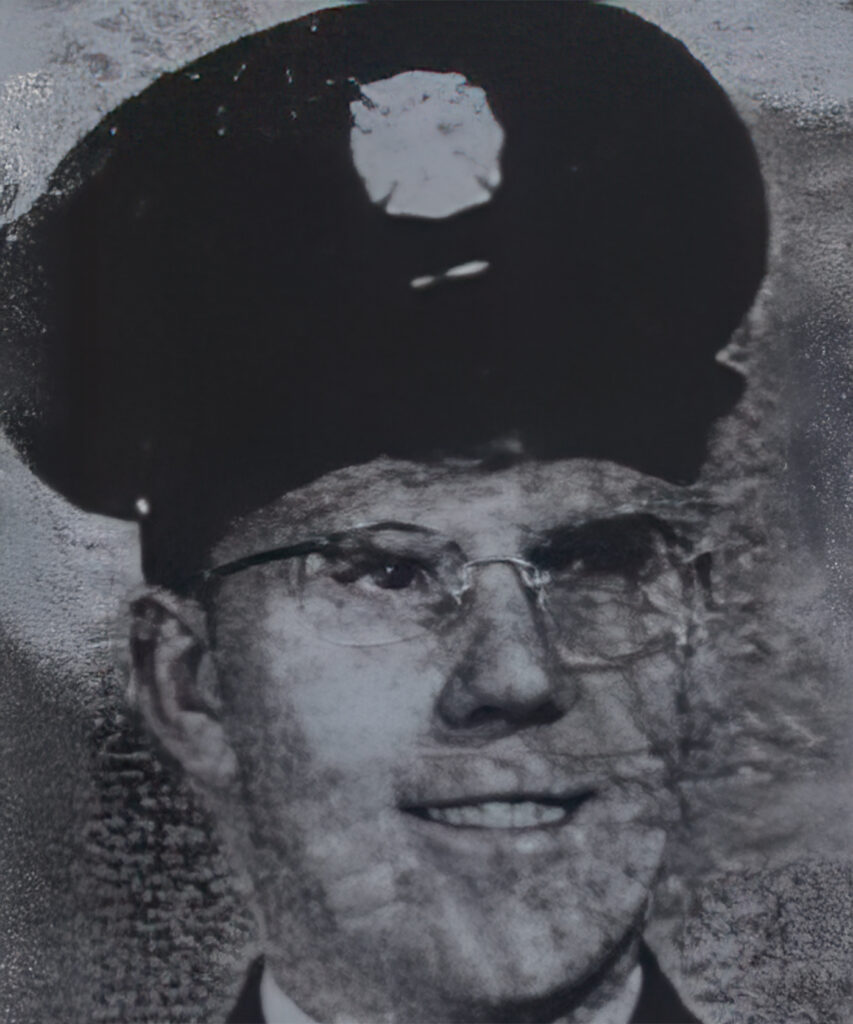Date of death:
May 19, 1943
Department:
Salt Lake City Fire Department (UT)
Number of Line-of-Duty Deaths:
3
The Victory Theater: A Cultural Landmark
Located at 48 East 300 South in Salt Lake City, the Victory Theater was a beloved fixture in the community. Originally built in 1908 as the Colonial Theater, the structure measured 130 by 80 feet and was constructed of brick with wooden floors. It featured a proscenium stage framed by a brick arch, with a basement beneath the stage used for storage. The interior housed both upper and lower balconies, providing ample seating for audiences.
As entertainment evolved from vaudeville to silent films to talkies, so too did the building. To accommodate motion picture technology, the lower balcony was modified to support a projection booth. Its front was reinforced with a steel I-beam, while the rear remained supported by wooden joists embedded in the brick wall—a structural compromise with tragic consequences. A small crawl space beneath the balcony contained wiring and ductwork that would later play a role in the fire’s spread.
Nearly 25 years to the day before the fire, the theater proudly screened The Singing Fool starring Al Jolson, marking a milestone in cinema history and the theater’s transformation.
The Fire That Changed Everything
In May 1943, the Victory Theater was closed for renovation. Workers began arriving just before 8:00 am that Wednesday morning. Shortly after, one worker noticed the smell of burning rubber. As he descended from behind the stage, he saw several rows of seats on fire. He quickly pulled the fire alarm and grabbed a hose from the building’s wet standpipe system in an attempt to stop the flames—but the fire had already taken hold.
The Toll of War on the Home Front: Firefighting in World War II
By the spring of 1943, the Salt Lake City Fire Department—like departments across the country—was feeling the deep strain of World War II. The war had drawn countless experienced firefighters into military service, leaving cities to fill the ranks with younger, less experienced men or those pulled from retirement. Equipment and supplies were harder to come by due to wartime rationing, and departments had to make do with aging apparatus and limited replacement parts. Firefighters were asked to do more with less—covering wider territories, responding to increased industrial hazards, and supporting civil defense efforts with blackouts and air raid training.
In Salt Lake City, those challenges were made painfully clear on May 19, 1943, when fire broke out at the Victory Theater. Crews responded with urgency, but many companies were understaffed and operating without a full complement of officers. Reinforcements came not only from neighboring departments but also from railroad and military fire brigades, underscoring how thinly stretched the civilian fire service had become.
The fire at the Victory Theatre claimed three firefighters’ lives and left others seriously injured. It was a devastating loss at a time when communities could ill afford to lose trained personnel. The tragedy underscored the hidden cost of the war on the home front—not just in manpower and resources, but in the risks firefighters shouldered daily, doing their duty with courage under the weight of a nation at war.
The first alarm was received by the Salt Lake City Fire Department at 8:24 am, and crews responded swiftly. Engine Company 1, Ladder Company 1 (affectionately known as “Big Dan”), Engine Company 2, and a rescue car were the first on scene. Firefighters from Engine 1 entered the theater and began suppressing the fire alongside the workers. When their efforts failed, Battalion Chief Don White suspected something was feeding the fire from below.
Chief White ordered Ladder 1 to check the St. George Hotel next door for extension. Finding none, they proceeded to the theater roof, where they discovered the vents were nailed shut. Though orders were given to get a hoseline to the roof and force entry, those actions were never executed.
Meanwhile, Engine 2 laid hose lines from a hydrant on Side Delta, through the alley at the Alpha-Delta corner, and into the building. As they fought the fire inside, their officer went to the basement with the worker who first found the fire. There, they found flames coming from the air conditioning unit. Despite deploying a hoseline, conditions worsened quickly. Their plan to cut a hole in the floor and use a cellar nozzle never materialized due to fast-deteriorating conditions. Visibility was near zero, and they could only aim their streams at the ceiling to cool the superheated gases.
At 8:35 am, Chief White called for a general alarm, summoning every available department resource. Assistant Chief Lloyd Egan arrived shortly after and ordered all doors and windows opened to ventilate the structure.
New units deployed hose lines and tried to establish better water supply, though many were understaffed and without officers. Additional support came from the Denver & Rio Grande Railroad, the Utah Ordnance Plant, and Salt Lake County Fire Department, which helped cover the rest of the city.
Unknown to the crews, the fire had already crept upward through hollow decorative columns and into the lower balcony floor—an area they couldn’t reach due to dangerous interior conditions. Firefighters on the roofs of nearby buildings saw heavy black smoke pouring from the theater, and the vents remained closed. Orders were given to force open roof vents, fire escapes, and exit doors.
Crews positioned to protect the Keith O’Brien and Paris Company buildings had a clear view of the worsening situation but were unable to help from their vantage point. When radiant heat ignited the edge of the Paris Millinery Company’s roof, they quickly shifted their efforts to contain that new threat and prevent further spread.
At 8:50 am, Chief LaVere Hanson arrived, checked in with Assistant Chief Egan, and began a walkaround. Just as he returned to the theater lobby, the lower balcony collapsed without warning, crashing down on the seating area and the firefighters below.
Lt. Melvin Hatch and Firefighters Harry Christensen and Theron D. Johnson were killed in the collapse.
Remembering
Several others were seriously injured:
- Lt. Limb suffered back injuries in a fall.
- Capt. A.R. Ward crawled through ten feet of burning timber and suffered severe burns and smoke inhalation.
- Chief Egan pulled Ward out, sustaining burns himself.
- Firefighter Luther Stroud was struck in the head by a falling pipe and mistakenly taken to the morgue—where his family found him alive and sitting upright on the gurney.
- Lt. Evan Hansen and Firefighters George Kilpatrick, F.E. McKinnon, Glen Crowther, and Elmer Hansen also sustained non-life-threatening injuries.
The fire was finally brought under control after nearly two hours, but the building was a total loss and was later demolished.
A Lasting Legacy
The Victory Theater Fire remains one of the darkest days in the history of the Salt Lake City Fire Department. Though the building is gone, the courage shown and the lives lost in the line of duty are not forgotten. The theater, once alive with applause and laughter, is remembered now in solemn reverence—as a symbol of sacrifice, service, and the enduring cost of protecting others.







